Special Report
16 Warning Signs Your Child May Be Bullying Other Kids

Published:
Last Updated:

Bullying is often described as aggressive behavior among children in school that involves a real or perceived power imbalance. Bullying can be teasing, hitting, name-calling, and it can also be online abuse.
This kind of intimidating behavior is one of the most commonly reported discipline problems among students of all ages. About 12% of public schools report that bullying happens at least once a week. In general, bullying appears to be most frequent in middle schools, followed by high schools, and primary schools.
About a third of young people admit to bullying others. One of the most frequently downloaded templates on the PACER’s National Bullying Prevention Center’s site is the one about possible signs a child may be bullying others, according to Julie Hertzog, the organization’s director.
Talking to a child who may be using bullying behavior is important in preventing them from engaging in it again, Hertzog said. “We avoid calling someone a bully, and prefer the term “a child who bullies.” It’s not about who they are, it’s about what they did, she added.
Awareness has improved significantly over the last few years, but there is no universal way to stop bullying. The solution often lies in finding out why a child is bullying. “You can get to the root of the child’s behavior by seeing a therapist and teaching them behavior modification,” according to Ross Ellis, founder and chief executive officer of STOMP Out Bullying.
As with bullying, there is no single, universal indication that a child may be a victim of bullying. But there are at least 20 warning behaviors that can reveal someone is bullying your child.
Click here to learn more about warning signs your child may be bullying other kids.
To identify 16 warning signs a child may be bullying others, 24/7 Tempo consulted several experts specializing in bullying prevention and reviewed information from both government and non-profit anti-bullying and cyberbullying organizations, such as StopBullying.gov and StompOutBullying.org.

1. Justifies violent behavior
A child who bullies is more likely to have positive views towards violence, according to Ellis. Emotions can quickly escalate and sometimes children don’t cope with them well. A child with a tendency to bully may feel justified in talking down to or physically hurting someone else.
[in-text-ad]

2. Lacks empathy towards others
A bullying child may show little sympathy towards others who are bullied and in general fail to recognize the gravity of his or her actions. “A lack of understanding of how others feel is common,” according to Hertzog. “We often hear kids who had bullied say ‘I never realized the impact [the bullying] had on the other person.'”

3. Acts aggressively
Children who bully tend to be aggressive towards their peers. If a child displays aggression towards siblings, he or she may also be showing that aggression towards other children. But they can be violent towardst people who are older than them as well. They are often hostile towards parents, teachers, and other adults, Ellis said.
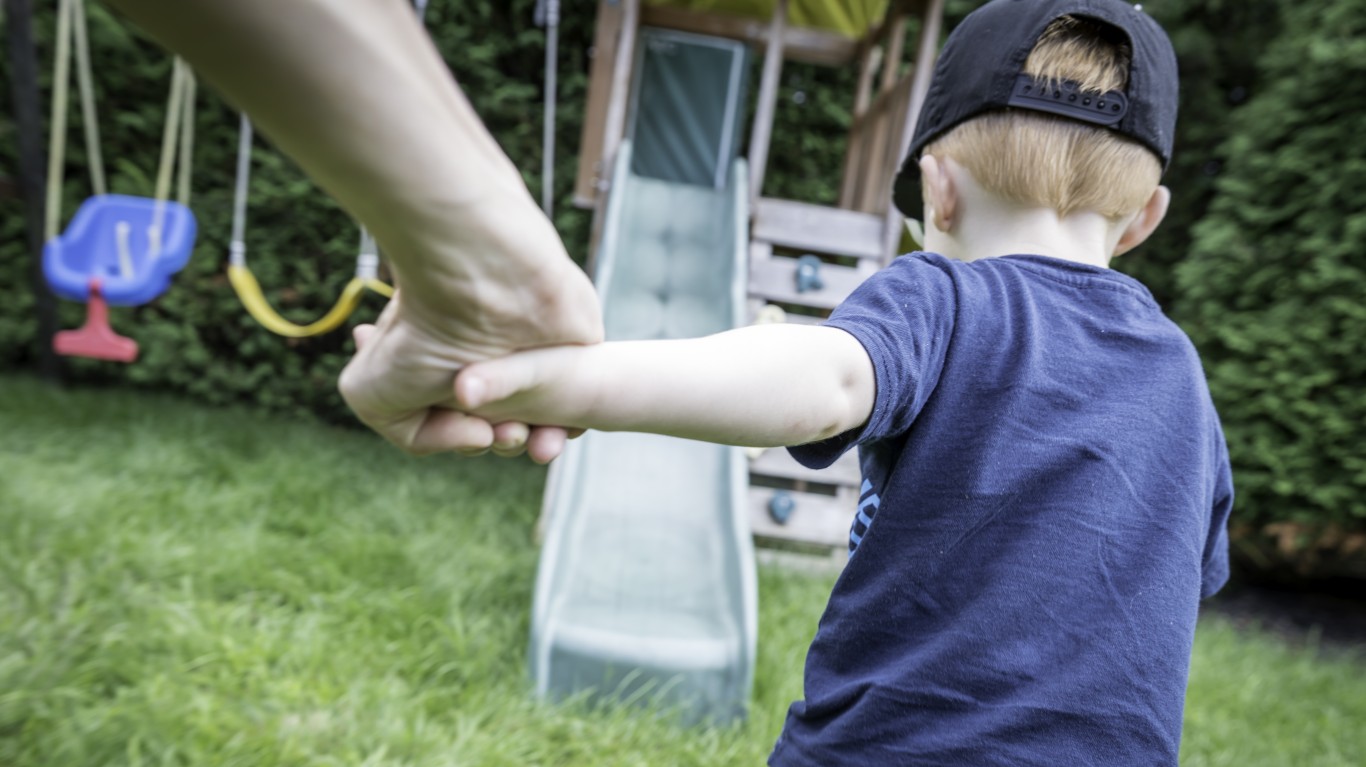
4. Wants control
Kids start to test their power when they are infants — it’s an innate need. How they handle the loss of control and power can have an influence on bullying. A common trait among children who exhibit bullying behavior is wanting to be in control of a situation, Hertzog said. They feel a need to be in charge and to dominate others.
[in-text-ad-2]

5. Gets easily frustrated
Another common characteristic among children who bully is being hot tempered or impulsive, Ellis said. They may become easily frustrated, too, he noted. The line between these traits, especially when a child is somehow provokes, and bullying can be very thin.
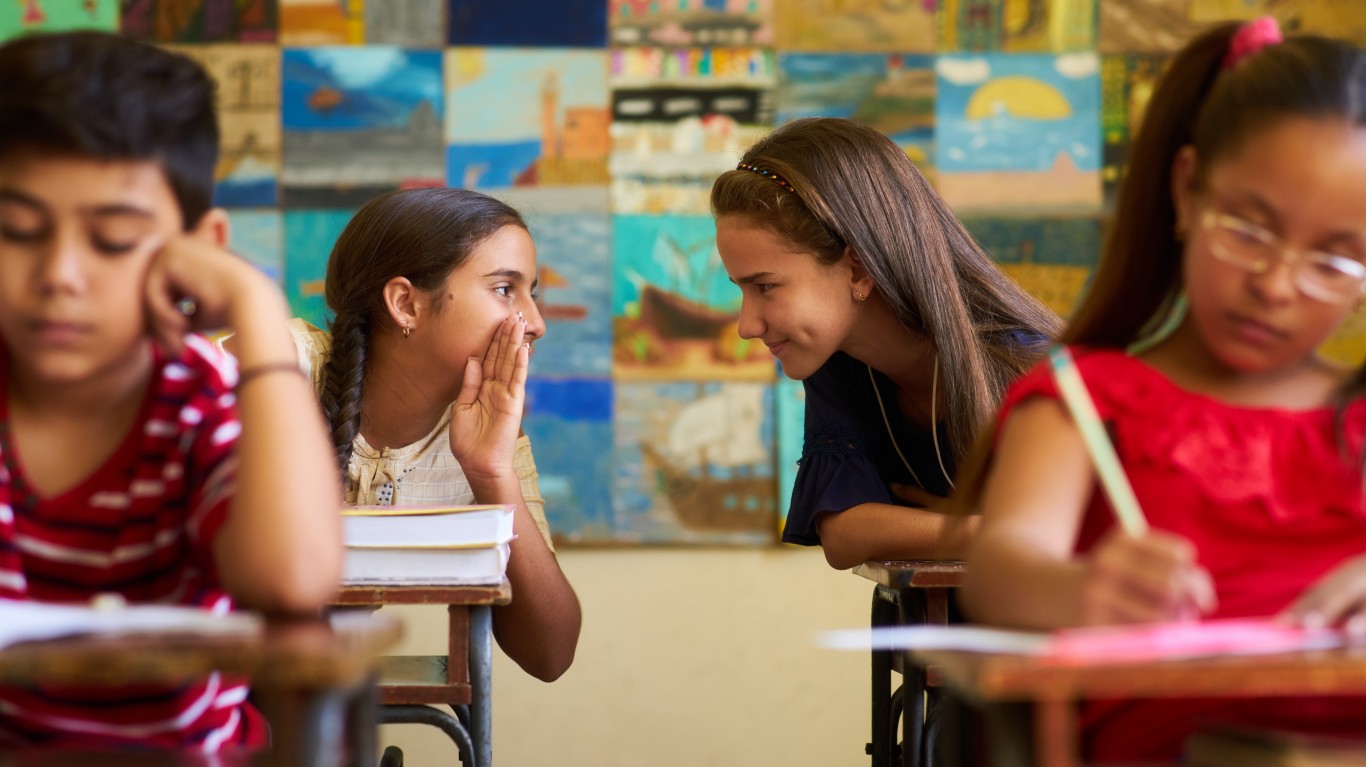
6. Breaks the rules
They may be too young to have heard of the expression “rules are meant to be broken,” but children break rules. It’s inevitable. Many kids, though, learn not to do it again. A child who bullies, however, may not understand it’s wrong and may often test the limits and boundaries, according to Ellis.
[in-text-ad]
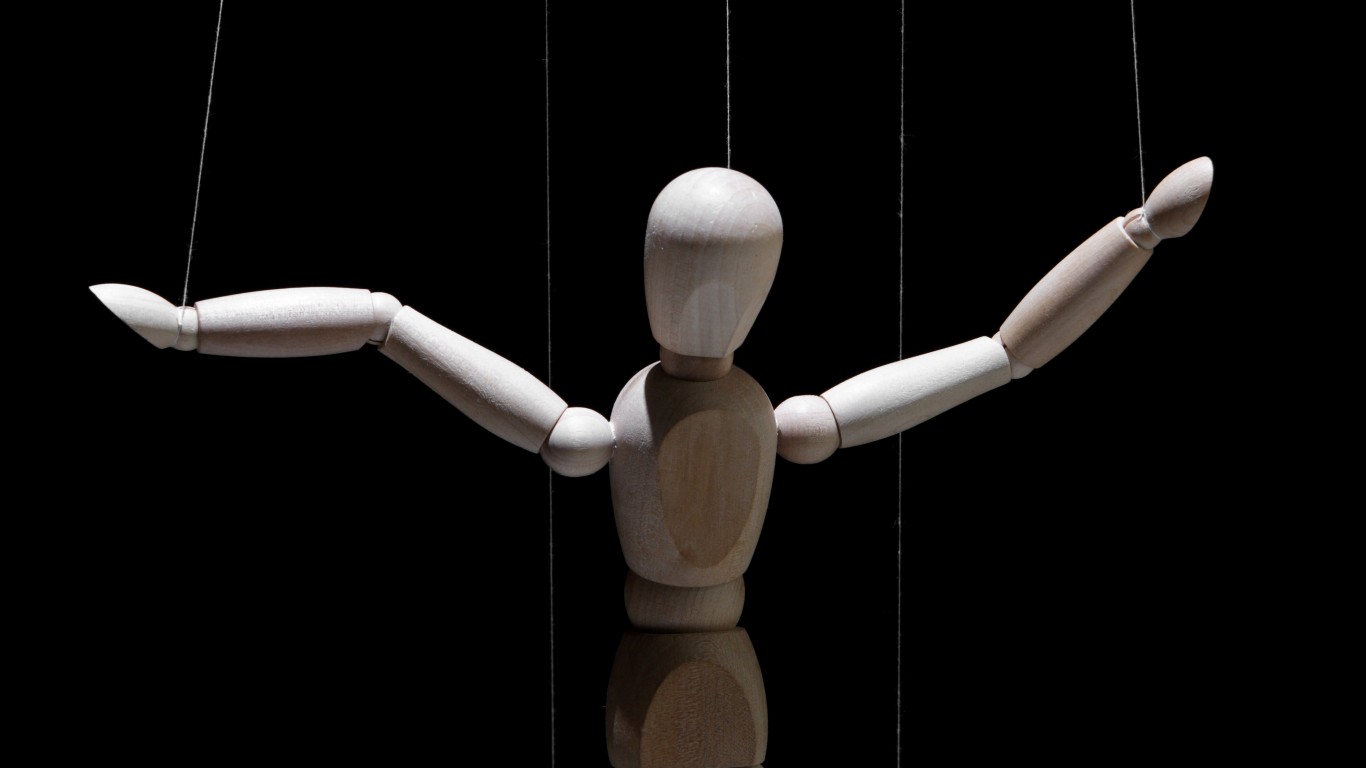
7. Likes to manipulate
A child with a tendency to bully doesn’t always use physical threats or post insults online. Subtle bullies use manipulation. Bullying children are usually good at talking their way out of difficult and tense situations, Ellis said.
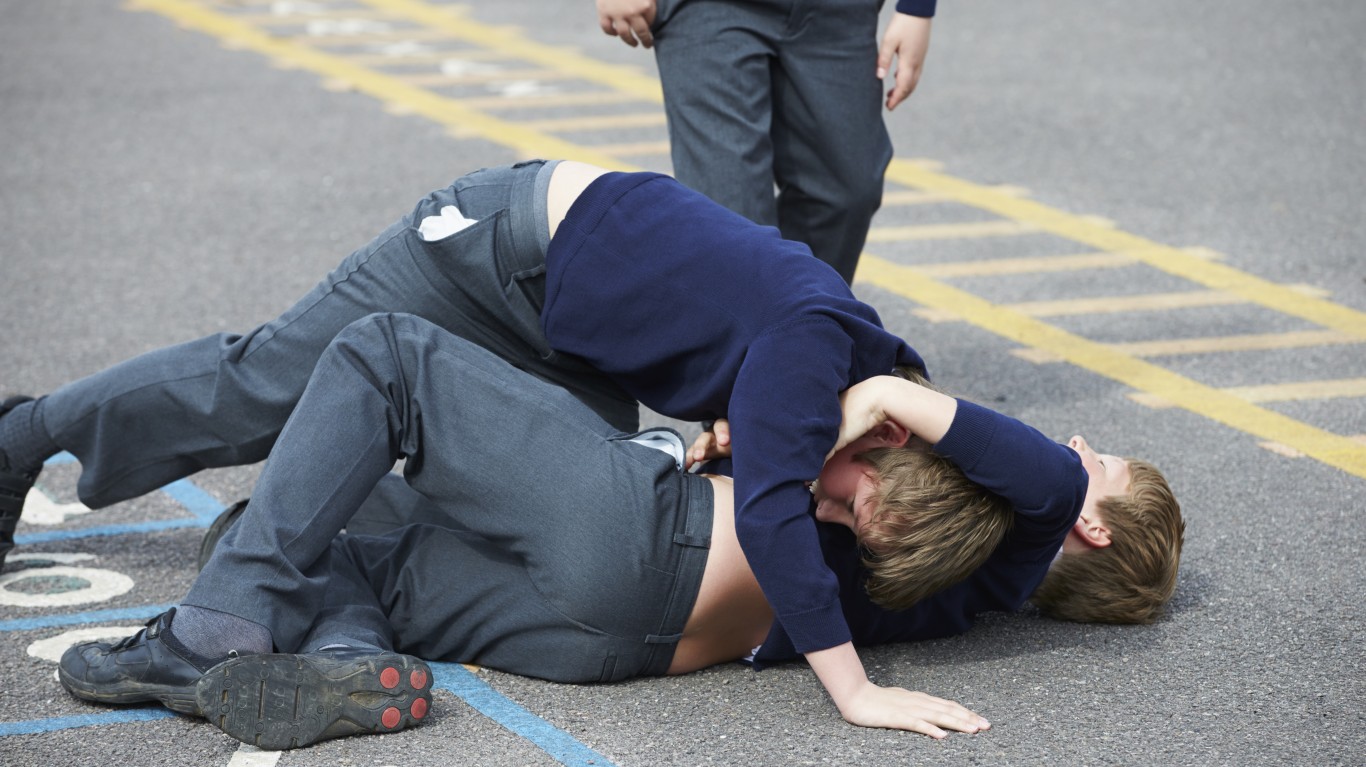
8. Gets into fights
Sometimes children who bully have behavioral problems and are prone to fighting. They can easily get annoyed when they don’t get their way. They may also have a history of discipline problems.
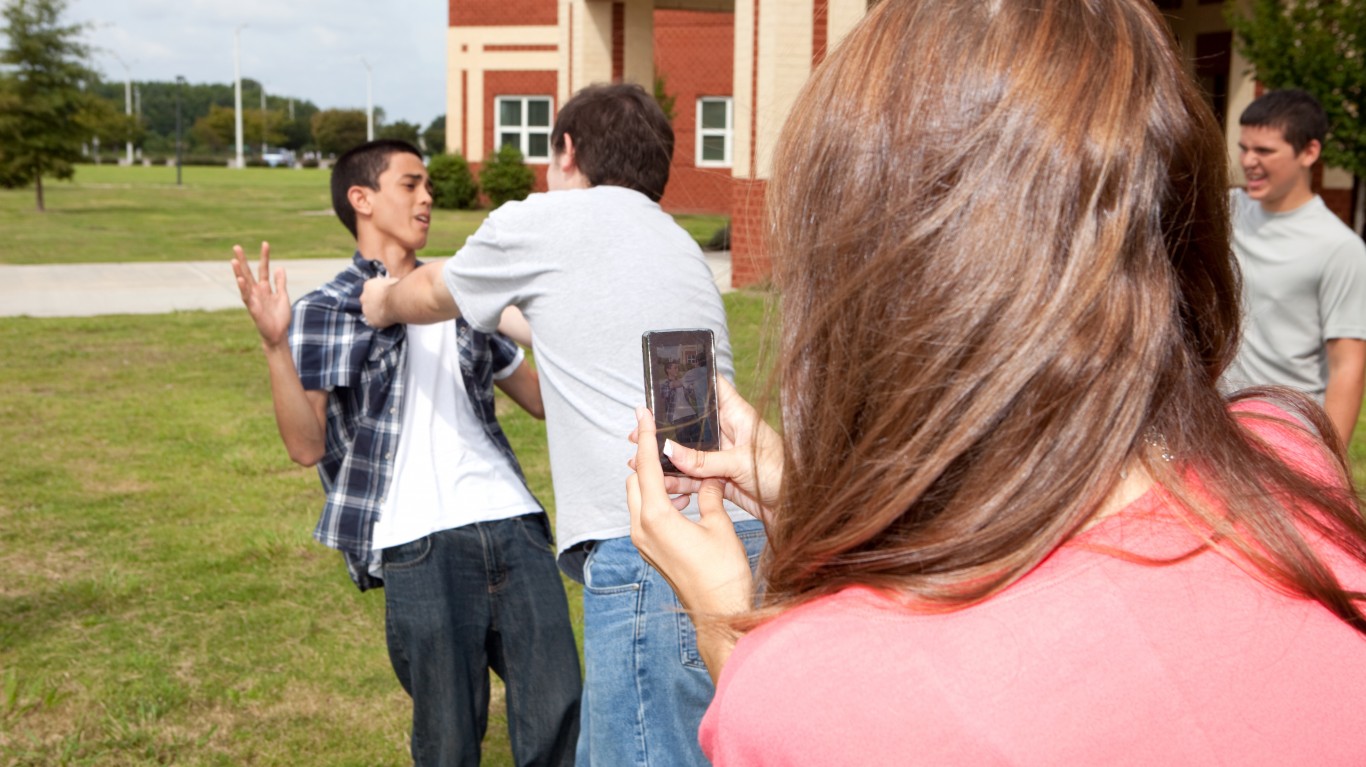
9. Hangs out with friends who bully
Children who bully usually have a lot of friends — or at least other children they hang out with. Some of them may be encouraging bullying behavior and a child may just want to fit in by joining in on the abuse.
[in-text-ad-2]

10. Aquires unexplained extra money
If a child comes home with extra cash, he or she may have stolen it from another kid. They may have used the money to buy something, so if a child comes home with new belongings and can’t explain how he or she got them, this may be a sign of bullying.

11. Blames others for their actions
A child who is using bullying behavior may be quick to blame others for his or her actions or problems. They don’t understand or accept the concept of accountability, according to Ellis.
[in-text-ad]

12. Worries about reputation
Kids may be bullying if they are very competitive. They may worry about their reputation or popularity. The quest for higher social status may be contributing to bullying behavior.

13. Has trouble sleeping
Difficulty sleeping may be something both kids who bully and those who are bullied suffer from. A study by the University of Michigan found that kids who bully are twice as likely to have sleep problems. Students in elementary public schools, who were the subject of the study, had a higher risk for daytime sleepiness in particular. This is not to say that sleep problems cause bullying. But lack of sleep can contribute to a bad mood, which can make people meaner.
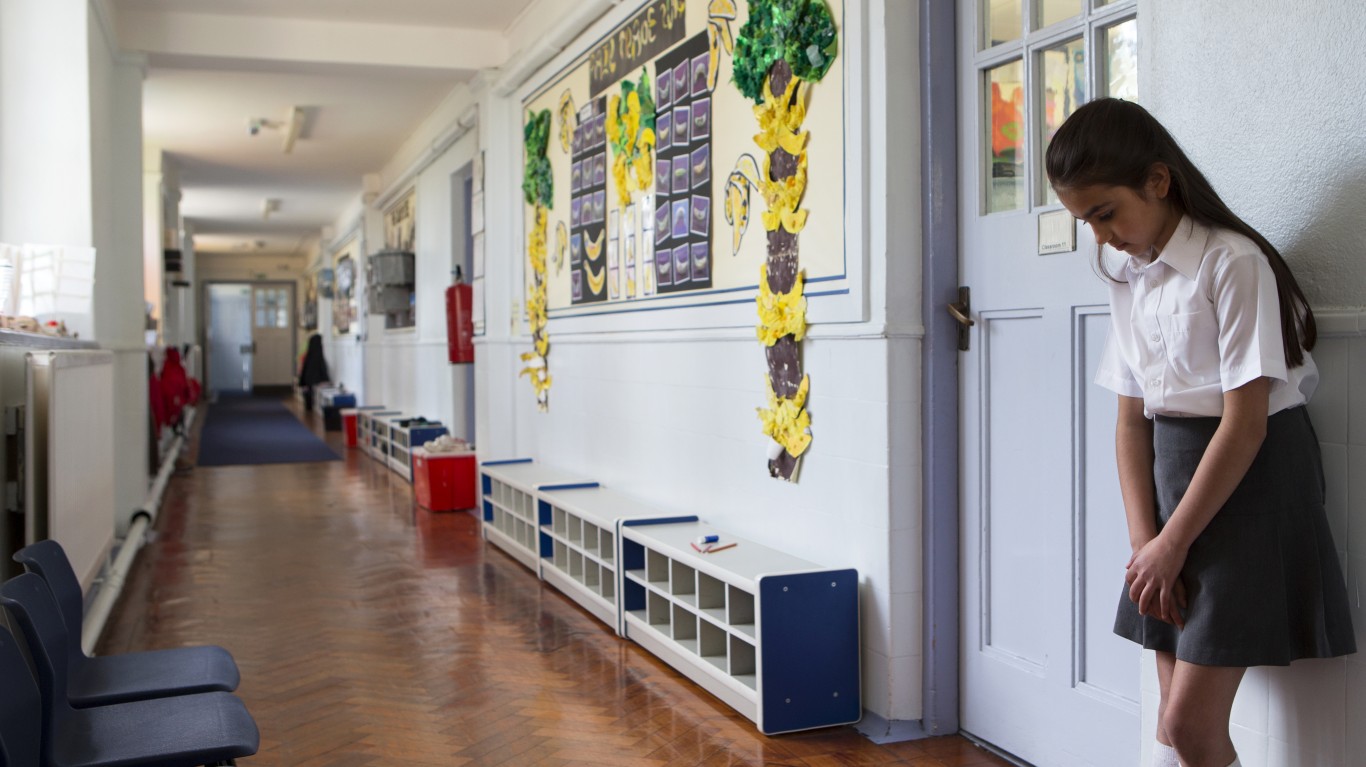
14. Gets in trouble in school
A call from the principal’s office usually fills a parent with dread, shock, and embarrassment. Whatever the incident, it may have been a one-time thing. But if the child gets sent to the principal’s office or to detention frequently, he or she may be bullying others.
[in-text-ad-2]
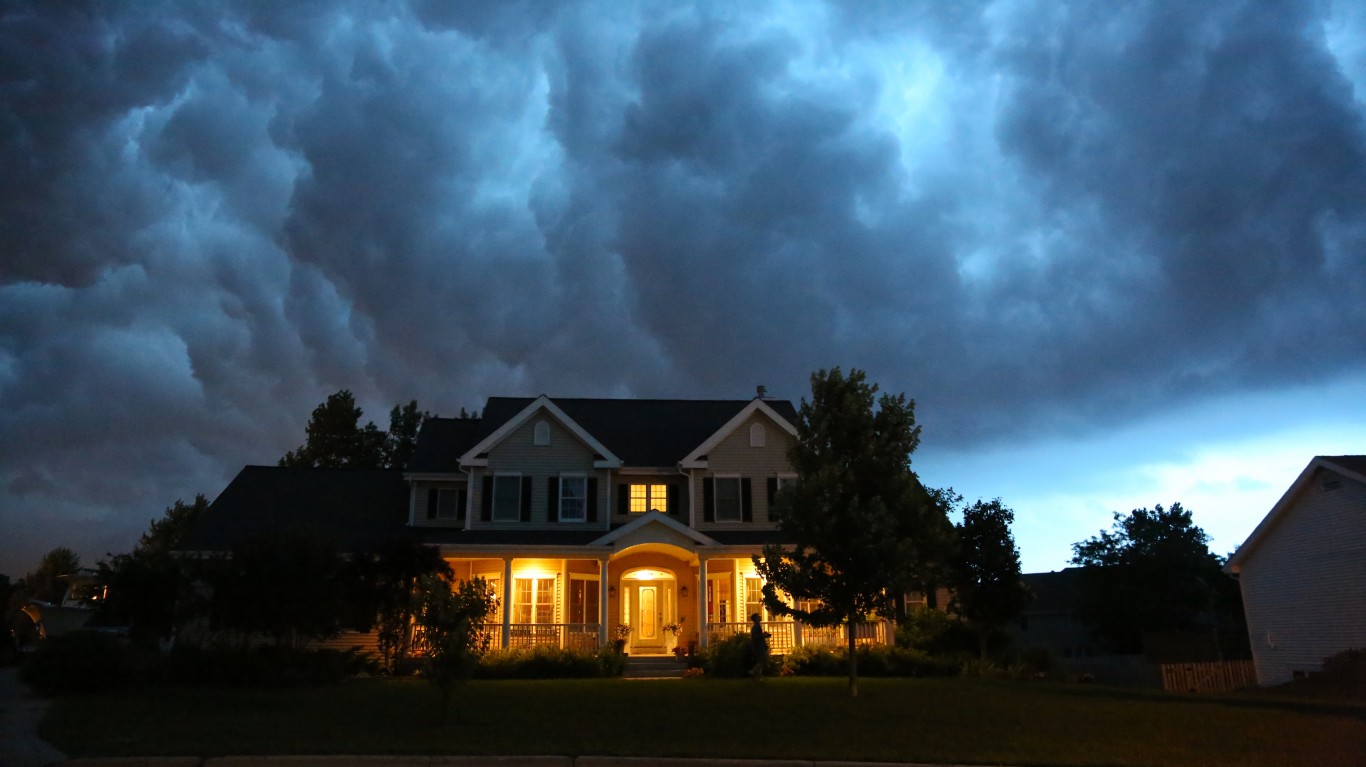
15. Lives in a violent home
Children who bully — as well as their victims — are more likely to have been physically hurt by a family member or to have witnessed violence at home, according to a study by the Centers for Disease Control and Prevention and the Massachusetts Department of Public Health. If children see violence frequently, they are more likely to react with violence in tense situations. When violence is the model at home, kids tend to take out their own anger on other children.
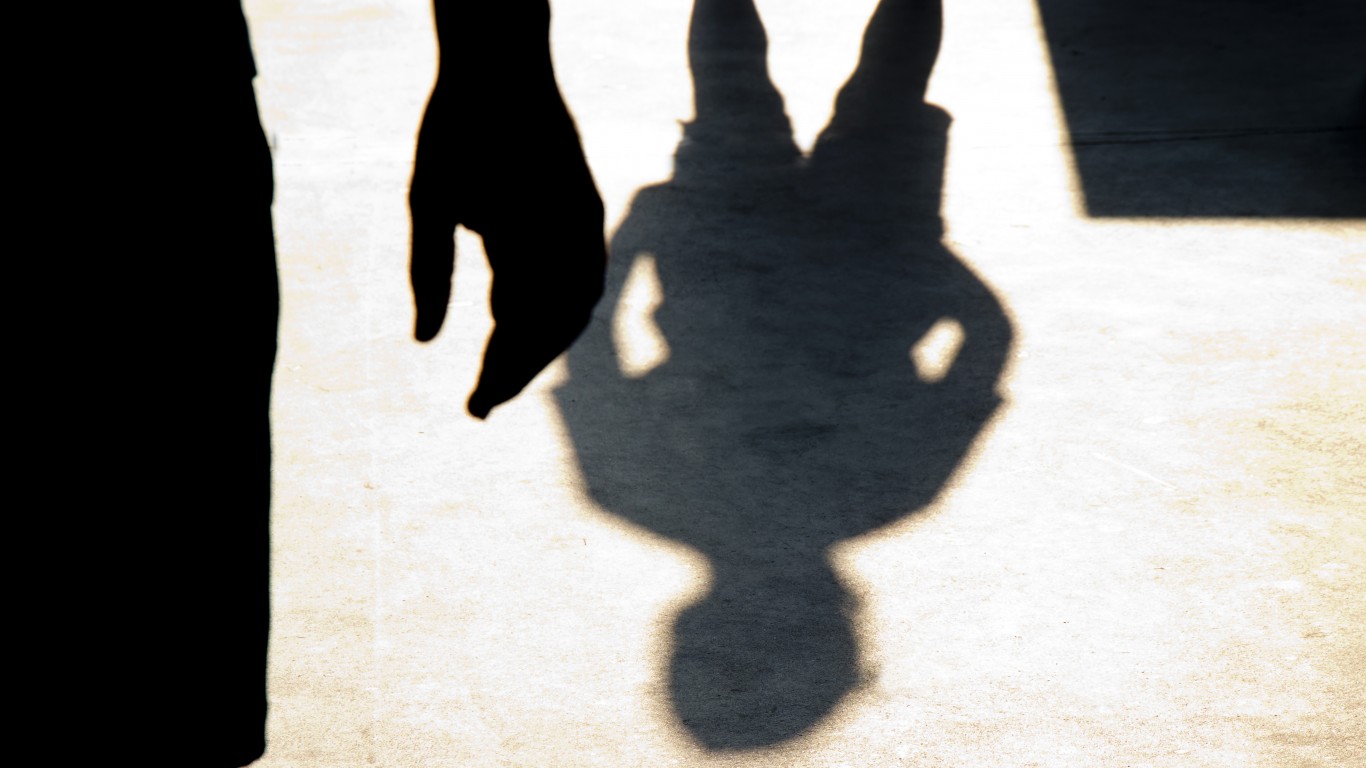
16. Has been bullied in the past
Some children who bully may have experienced bullying firsthand and as a result tend to bully others. This is their way of feeling secure and empowering themselves, according to Stomp Out Bullying.
Credit card companies are pulling out all the stops, with the issuers are offering insane travel rewards and perks.
We’re talking huge sign-up bonuses, points on every purchase, and benefits like lounge access, travel credits, and free hotel nights. For travelers, these rewards can add up to thousands of dollars in flights, upgrades, and luxury experiences every year.
It’s like getting paid to travel — and it’s available to qualified borrowers who know where to look.
We’ve rounded up some of the best travel credit cards on the market. Click here to see the list. Don’t miss these offers — they won’t be this good forever.
Thank you for reading! Have some feedback for us?
Contact the 24/7 Wall St. editorial team.